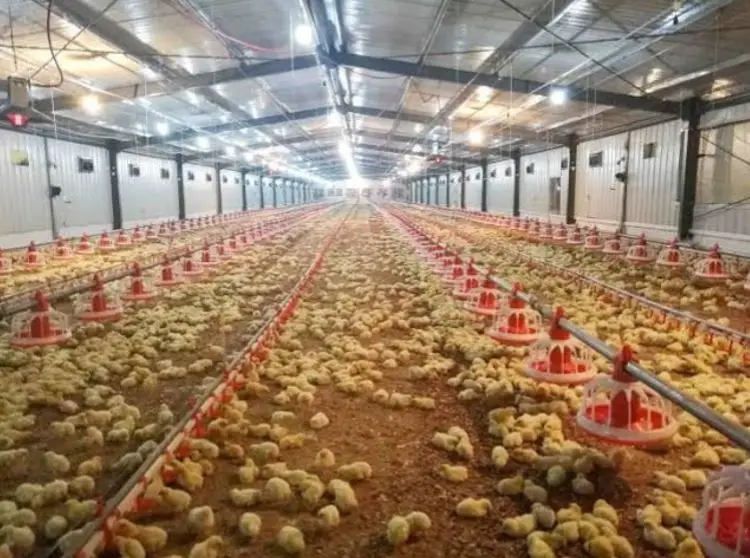 Contract Broiler Farming: Can Integration Evolve for Mutual Success?
Contract Broiler Farming: Can Integration Evolve for Mutual Success?
Contract poultry farming is well established in many countries, particularly in the United States, Brazil, India, and China.
United States
• Nearly 90% of broiler chickens are raised under contract farming with integrators such as Tyson Foods, Pilgrim Pride, and Perdue Farms.
• Integrators provide chicks, feed, veterinary support, and technical guidance, while farmers invest in infrastructure and manage day-to-day operations.
• Payment is based on weight gain, feed efficiency, and mortality rates.
Brazil
• A major poultry exporter with strong contract farming integration.
• Companies such as BRF and JBS control production, ensuring quality for exports.
• Farmers benefit from stable prices, but power is concentrated with integrators.
Europe
• Contract farming for poultry is common, but it is more regulated, emphasizing animal welfare.
• Countries such as the Netherlands and Germany have strict environmental and welfare laws, which increases production costs.
India
• The fast-growing contract broiler farming model operates with integrators such as Suguna, Venky's, and Godrej Agrovet.
• Farmers receive inputs (chicks, feed, and vaccines) and earn based on weight gain.
• Challenges include a power imbalance between farmers and integrators.
China
• Large-scale contract farming with large companies such as the CP Group.
• Government policies support contract farming to ensure food security.
Vertical integration has revolutionized the global poultry industry, creating efficient, large-scale production systems that dominate markets in the United States, Brazil, Thailand, and India. Several large companies have built empires by controlling every aspect of broiler production—from hatcheries to processing.
But beneath this seemingly successful model, a silent conflict is brewing between integrators and contract farmers. As farmers struggle with declining profits, rigid contracts, and financial uncertainty, the future of vertical integration hangs in the balance. Will this model adapt and evolve, or will a new wave of independent, cooperative poultry farming disrupt the system?
Contract farming for broiler chickens was supposed to be a win-win. Integrators promised stability, guaranteed payments, and access to better technology. Farmers saw an opportunity to escape market risk and secure a steady income.
But behind the polished image of integration, a silent war is brewing. Farmers say they have become mere workers on their own farms, locked into one-sided contracts, taking the greatest risks for the smallest rewards. Consolidators, on the other hand, argue that without their investment, expertise, and access to markets, small farmers would never survive.
So, who really benefits? Can this system sustain itself in the long run, or are we heading toward a breaking point?
A business model where farmers have no say
Farmers have no control over chicken quality, feed composition, or disease outbreaks. Yet when something goes wrong, they are often penalized.
• Poor quality chicks? The farmer's problem.
• Low weight gain due to nutritional issues? The farmer earns less.
• Birds die from disease? The farmer absorbs the loss.
The future of contract farming for broiler chickens
• The contract farming model for broiler chickens is at a crossroads.
• Farmers are losing patience. Governments are watching closely. Consumers are starting to ask questions about fair farming practices.
• If consolidators want to protect this model, they must start treating farmers as partners, not disposable workers.
• The future of poultry consolidation will not be about control—but cooperation.
The question is: Will they change before it's too late?
Source: avinews.com


















